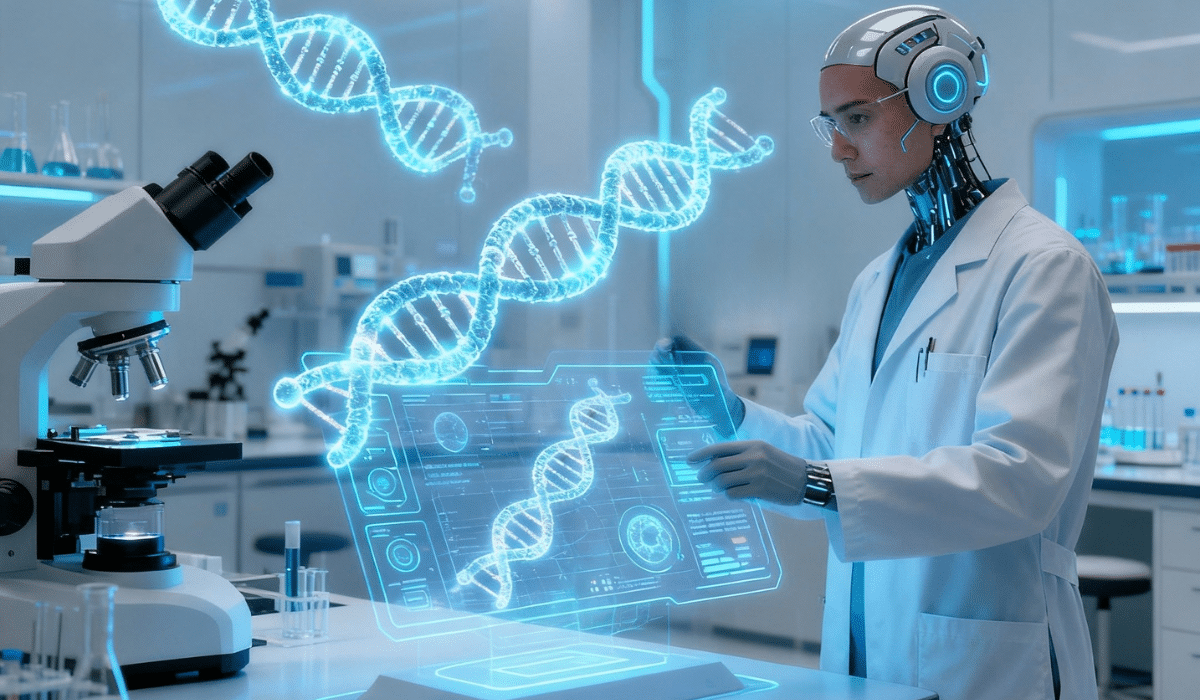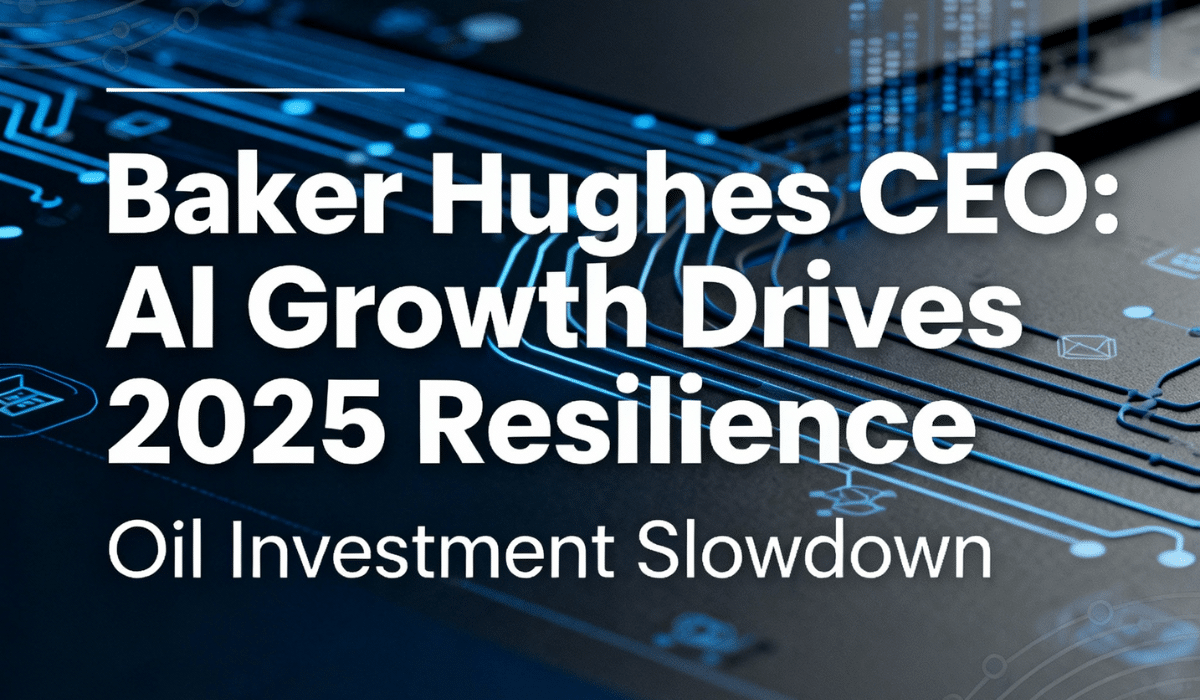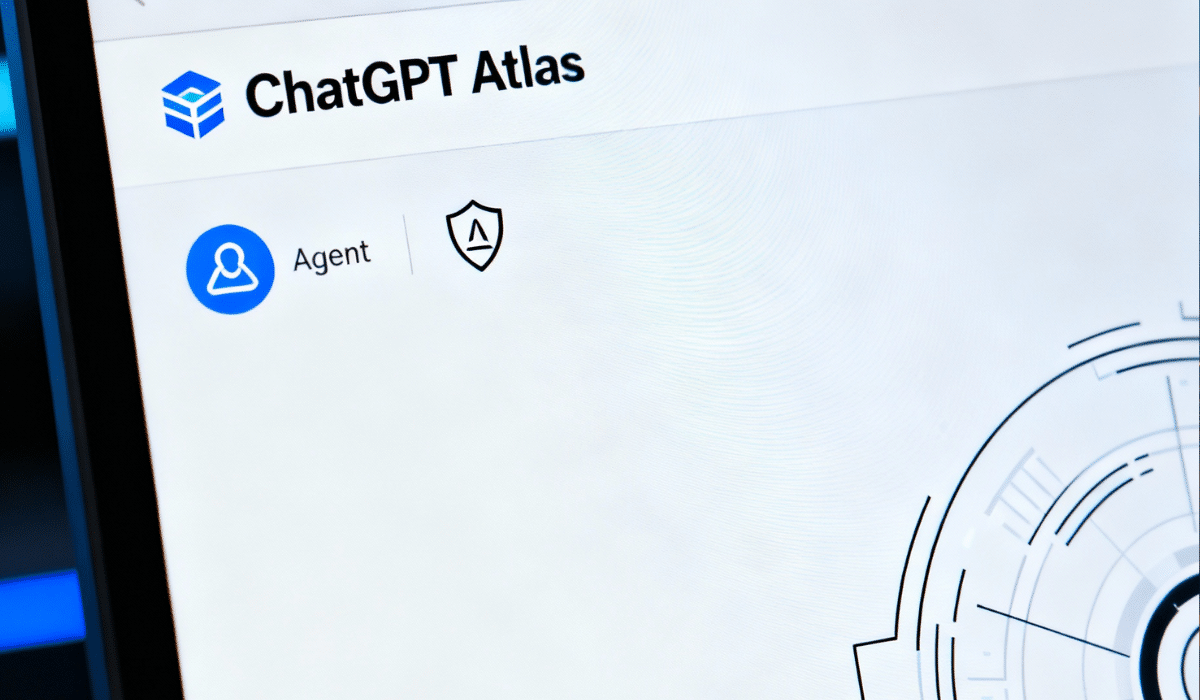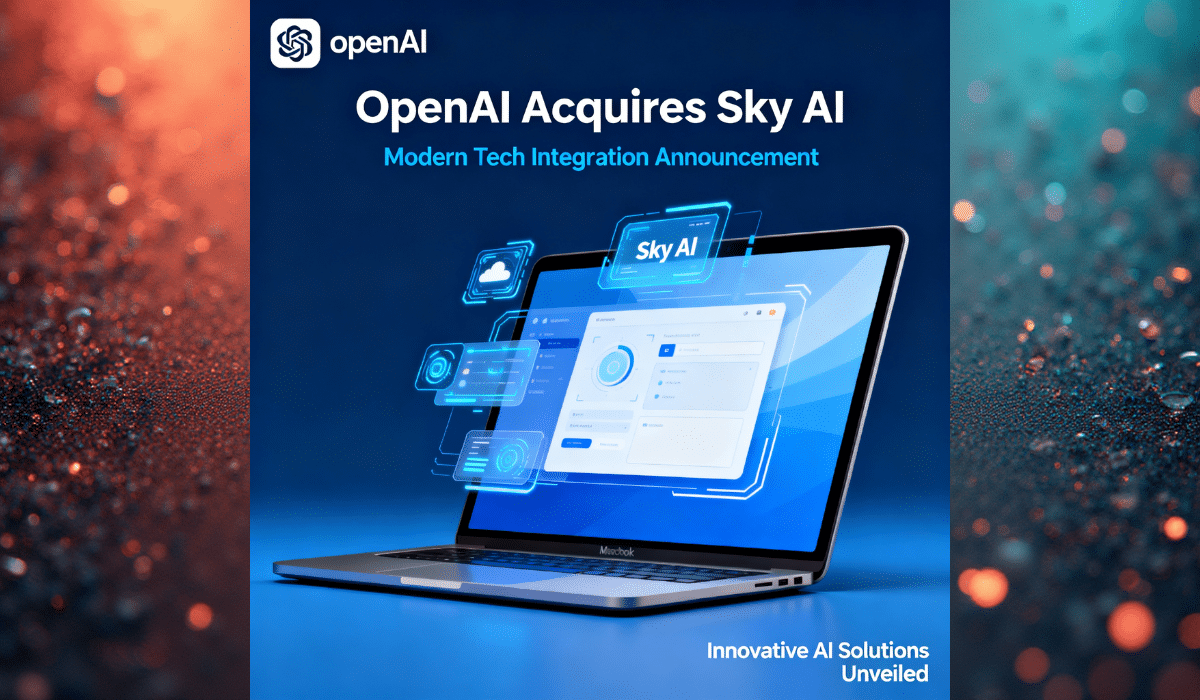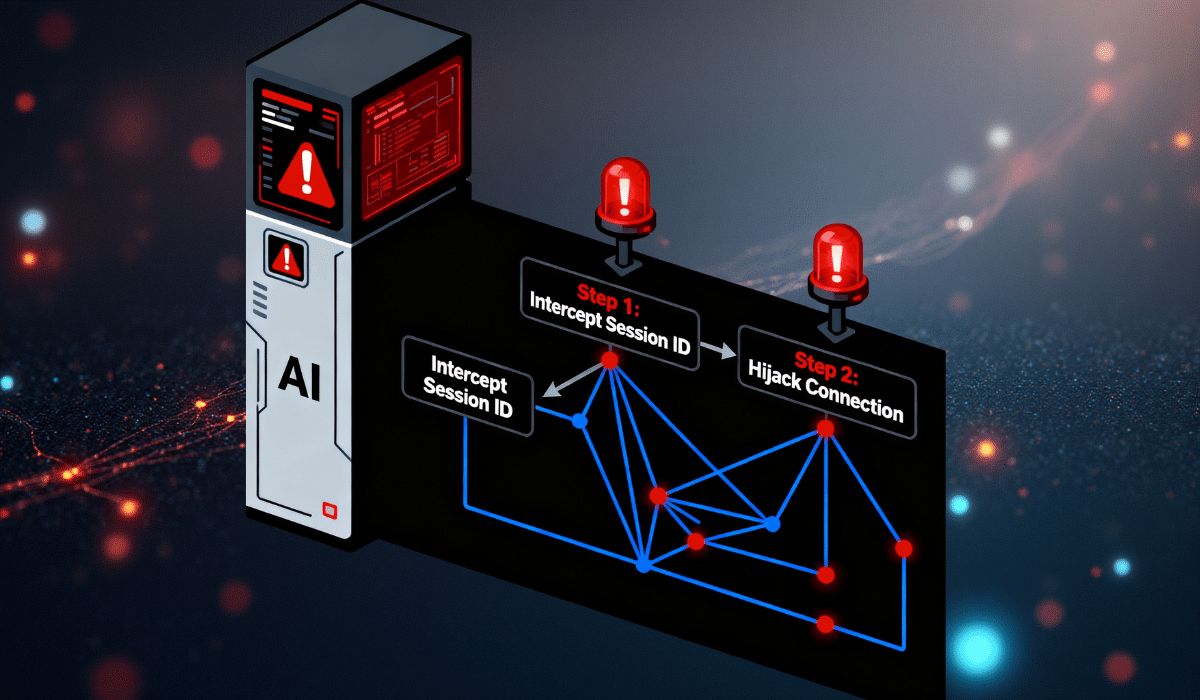Google AI cancer breakthrough 2025 has revolutionized oncology research with two groundbreaking tools announced in mid-October that identify cancer genetic mutations and discover novel immunotherapy approaches. The tech giant’s latest innovations promise to transform how researchers detect and treat previously untreatable cancers.
Google’s DeepSomatic AI Tool Detects Hidden Mutations
Google Research unveiled the DeepSomatic AI tool on October 15, 2025, marking a significant advancement in precision oncology. This open-source artificial intelligence model uses advanced convolutional neural networks to identify tumor genetic variants with unprecedented accuracy across all major DNA sequencing platforms.
The tool excels at differentiating between inherited genetic variations and acquired somatic variants that drive cancer development. DeepSomatic has already proven its clinical value by successfully identifying variants in real pediatric leukemia and glioblastoma samples during pilot studies conducted with UC Santa Cruz Genomics Institute and Children’s Mercy hospital.
According to the Official Google Research Blog, the AI model outperforms current gold-standard methods at detecting insertions and deletions, which are critical mutations often missed by conventional analysis tools. Both the tool and its high-quality training dataset are now freely available to the global research community.
C2S-Scale 27B Model Discovers Cold Tumor Treatment Strategy
In an even more remarkable development, Google DeepMind cancer research collaboration with Yale University resulted in the C2S-Scale 27B model announcement on October 14, 2025. This 27 billion parameter foundation model, built on Google’s Gemma open models, generated a novel hypothesis about cellular behavior that scientists experimentally validated in living human cells.
The AI cancer therapy discovery centers on making “cold tumors treatment” possible through a previously unknown mechanism. Cold tumors typically evade immune system detection, making them resistant to immunotherapy treatments that have revolutionized cancer care for other tumor types.
The AI identified that combining the existing drug silmitasertib with immune checkpoint inhibitors could make cold tumors visible to the body’s natural defenses. Yale University researchers successfully validated this AI-generated hypothesis through laboratory experiments, confirming the mechanism works in actual human cancer cells.
Google CEO Sundar Pichai stated this represents a milestone where AI doesn’t just analyze existing data but generates genuinely novel scientific hypotheses. “With more preclinical and clinical tests, this discovery may reveal promising new pathways for developing cancer immunotherapy AI-driven combination therapies,” Pichai announced.
Impact on Cancer Research and Treatment
These dual announcements position Google at the forefront of AI-driven medical discovery. The Yale University cancer study collaboration demonstrates how artificial intelligence can accelerate the hypothesis-generation process that traditionally takes researchers years to develop through trial and error.
The DeepSomatic AI tool addresses a critical bottleneck in precision oncology by rapidly identifying the specific genetic mutations driving individual patients’ cancers. This information enables oncologists to select targeted therapies most likely to be effective for each patient’s unique tumor profile.
Meanwhile, the C2S-Scale 27B model discovery could unlock immunotherapy treatments for millions of cancer patients whose tumors currently don’t respond to these breakthrough therapies. The combination approach identified by AI offers hope for pancreatic, ovarian, and other notoriously difficult-to-treat cancers characterized by cold tumor environments.
Both innovations align with broader trends in the AI industry news October 2025, where artificial intelligence increasingly drives scientific discovery across multiple disciplines.
Global Research Community Access
Google’s decision to make both tools open-source ensures researchers worldwide can immediately incorporate these technologies into their work. The DeepSomatic platform supports Illumina, PacBio, and Oxford Nanopore sequencing technologies, covering the vast majority of clinical and research genomics workflows.
The company also released comprehensive training datasets that other institutions can use to further refine and adapt the AI models for specific cancer types or research applications. This collaborative approach accelerates the pace of discovery beyond what any single institution could achieve independently.
Conclusion
The Google AI cancer breakthrough 2025 represents a paradigm shift where artificial intelligence moves from analyzing existing knowledge to generating testable scientific hypotheses. With the DeepSomatic AI tool already identifying mutations in patient samples and the C2S-Scale 27B model opening new therapeutic pathways, these innovations promise to accelerate progress against humanity’s most challenging diseases in the coming years.
